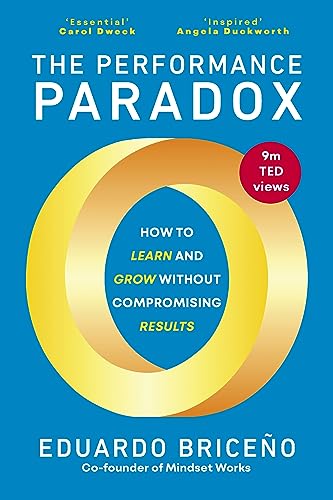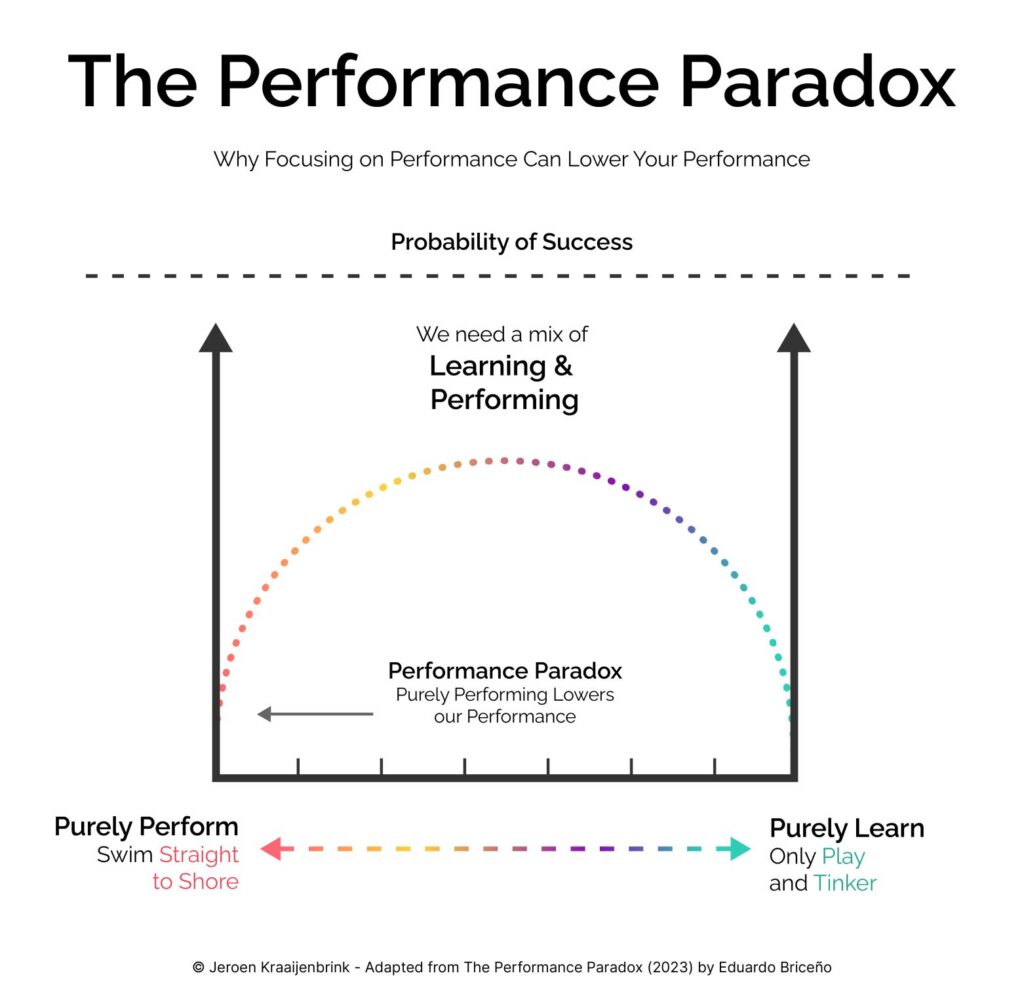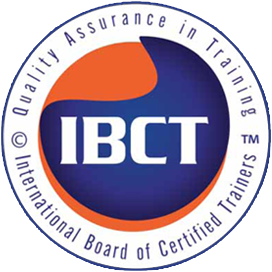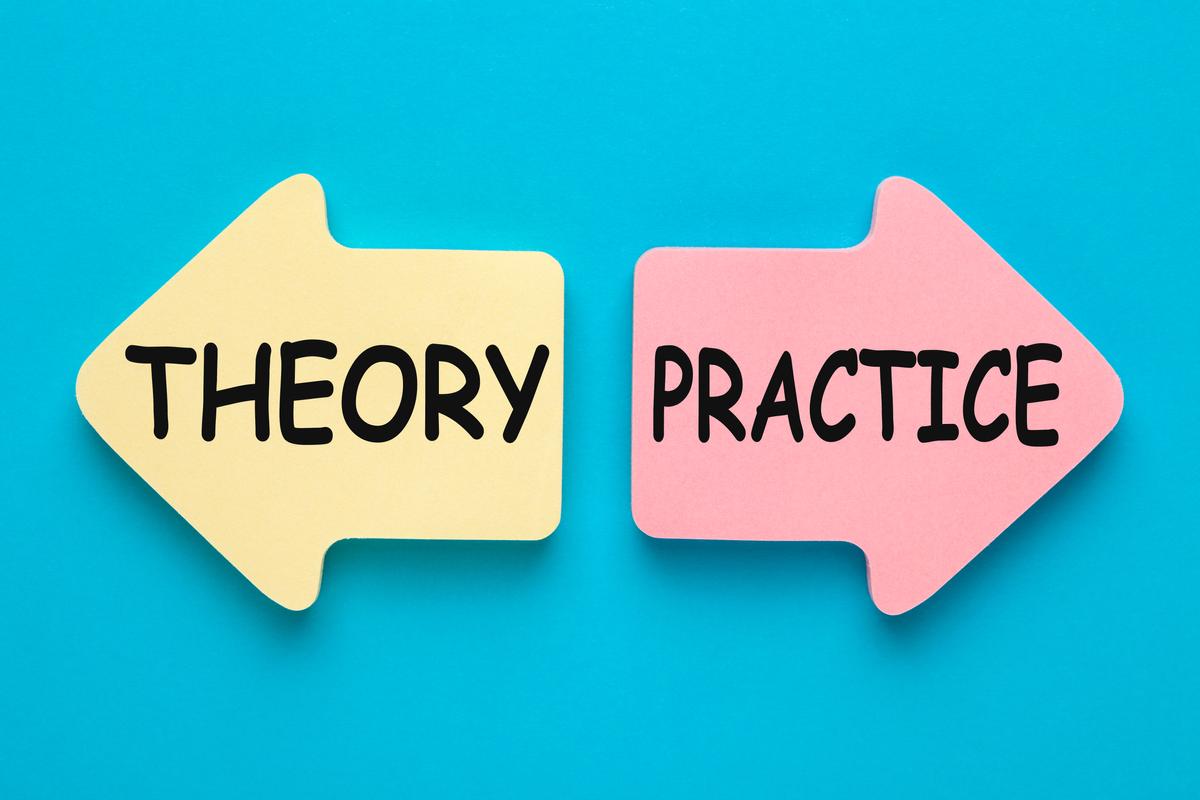Introduction
Did you know that being too focused on doing well can sometimes backfire? This unexpected situation is known as “The Performance Paradox.” In his new book, “The Performance Paradox,” Eduardo Briceño explains this idea and encourages us to rethink how we go about achieving success.

The Performance Paradox Unveiled
At first glance, it might seem counterintuitive: How could a relentless focus on performance potentially sabotage our efforts? Briceño’s insights challenge the conventional notion that performance is the sole key to success. While it may yield short-term gains, an exclusive fixation on performance can lead to long-term consequences.
The Downside of a Performance-Only Approach
- Short-Sightedness: A singular focus on performance often leads to a myopic viewpoint. Organizations become fixated on immediate gains, overlooking the potential for future growth and evolution.
- Lack of Innovation: When performance is the sole priority, there is often a reluctance to step out of the comfort zone. This stifles creativity and hinders the pursuit of innovative solutions.
- Risk Avoidance: The fear of failure looms large in performance-driven environments. This risk aversion can stifle experimentation and impede the exploration of new avenues.
- Insufficient Investment in the Future: Resources are funneled into maintaining current performance levels, often at the expense of critical investments in research, development, and adaptation.
The Power of Learning
In contrast to the singular focus on performance, thriving organizations understand the importance of learning. They embrace experimentation, playfulness, and the pursuit of new ideas. Learning fosters adaptability, resilience, and a culture of continuous improvement.
The Balanced Approach: Performance and Learning
As illustrated in the accompanying infographic, the best approach is to find a balance. Putting too much emphasis on doing well can be like trying to get to the shore in a straight line. On the other hand, if we only focus on learning, we might end up just playing around without any clear direction.

The Challenge of Finding the Right Balance
Determining the precise equilibrium between performance and learning is no easy feat. It’s a dynamic process that varies from one organization to another, and it evolves over time. Briceño’s key takeaway is this: maintain a vigilant focus on both facets to propel your organization toward sustainable success.
Conclusion
Embracing the Performance-Learning Duality
Does your organization walk the tightrope between learning and performance, or has it succumbed to the allure of the performance paradox? Recognizing the power of this duality is the first step towards steering your organization toward a future of enduring success.
By embracing both performance and learning, you pave the way for innovation, adaptability, and sustained growth. The Performance Paradox serves as a powerful reminder that true excellence emerges from a harmonious blend of executing well today and preparing for the challenges of tomorrow.
Resources:
Briceño, Eduardo. The Performance Paradox. Penguin Random House, September 2023.



